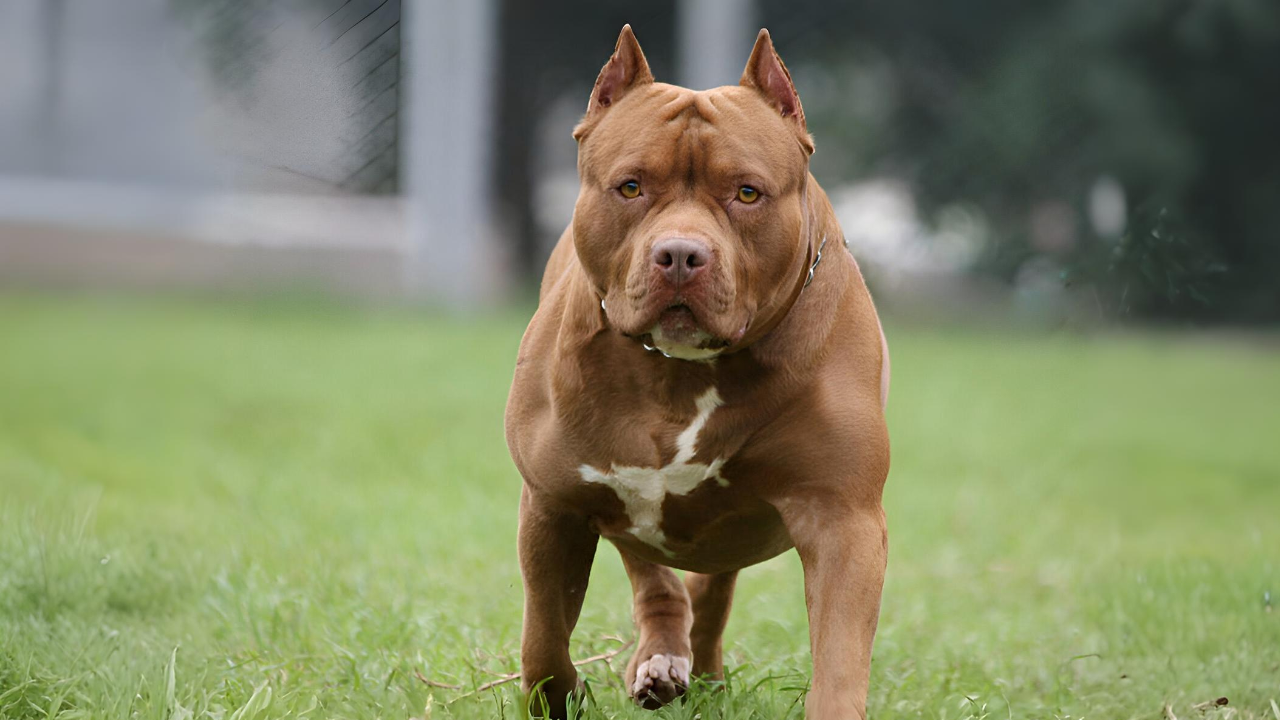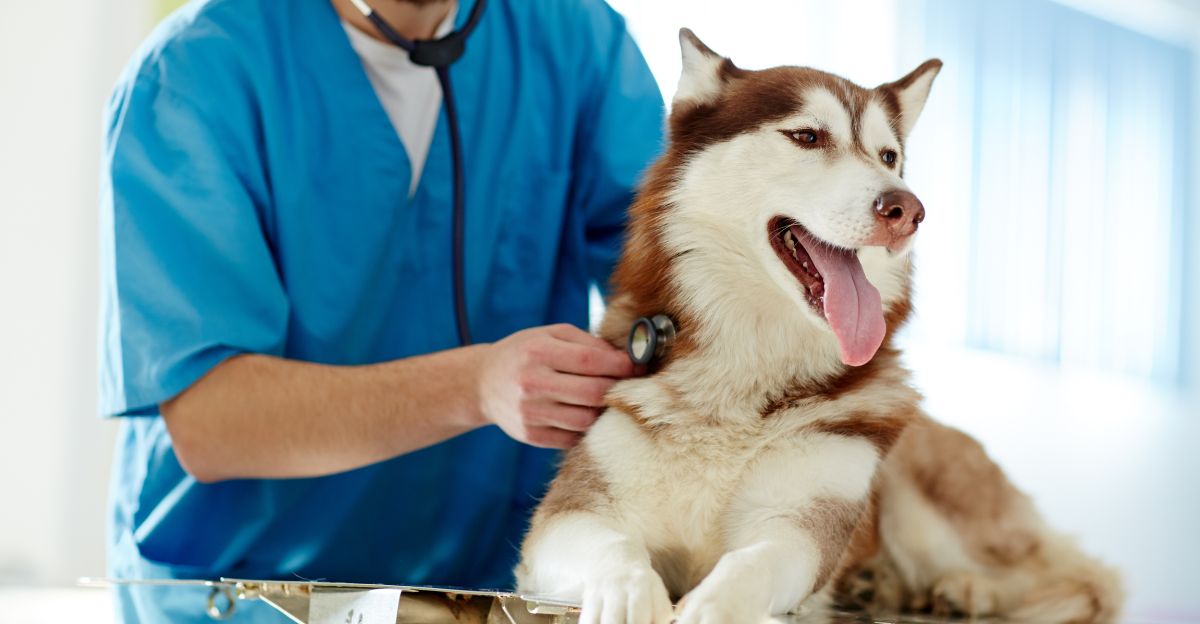
Across social media and city sidewalks, certain dog breeds have become icons of modern pet ownership. French Bulldogs, Labradors, and Goldendoodles dominate Instagram feeds and celebrity homes, their popularity soaring with every viral post. Yet behind the adorable faces and designer labels, a growing number of veterinarians are sounding the alarm: many of these beloved breeds are genetically predisposed to chronic health and behavioral problems, leaving owners with heartbreak and staggering veterinary bills.
The Price of Popularity

French Bulldogs have topped the American Kennel Club’s popularity charts for three consecutive years, while Labradors and Goldendoodles remain perennial favorites. Their appeal is undeniable—compact size, expressive faces, and a reputation for companionship. But this popularity has come at a cost. Breeders, driven by demand and profit, have prioritized appearance over health, often at the expense of the dogs’ well-being.
The financial implications are significant. A single French Bulldog may require over $15,000 in medical care during its lifetime, with surgeries to address chronic breathing issues costing upwards of $5,000. Dachshunds, another popular breed, face a one-in-four chance of developing severe spinal problems, each episode potentially requiring thousands of dollars in surgery. Goldendoodles, marketed as hypoallergenic and low-maintenance, often inherit joint disorders and allergies from both parent breeds, resulting in lifetime veterinary expenses that can exceed $25,000. When multiplied across millions of households, the aggregate cost to American families surpasses $100 billion.
Genetics and Suffering by Design
The roots of these problems lie in selective breeding practices that have, for over a century, emphasized traits like flat faces, wrinkled skin, and extreme sizes. These features, while visually appealing, have created genetic vulnerabilities that no amount of routine care can fully prevent.
French Bulldogs, for example, suffer from brachycephalic obstructive airway syndrome—a condition caused by their shortened skulls that makes breathing a constant struggle. Labradors are prone to obesity due to a genetic mutation affecting appetite and metabolism, leading to joint disease and shortened lifespans. Even the energetic Border Collie, bred for relentless work, can become anxious and destructive in a typical household, its intelligence and drive mismatched with suburban life.
A Closer Look at the Breeds

Veterinarians have identified ten breeds that, despite their popularity, are particularly prone to health or behavioral crises:
- French Bulldog: Chronic respiratory distress, skin infections, and spinal issues.
- Dachshund: High risk of spinal disc disease and severe separation anxiety.
- Goldendoodle: Prone to joint dysplasia, ear infections, and allergies.
- Belgian Malinois: Requires intense daily exercise and mental stimulation; otherwise, destructive and potentially aggressive.
- Border Collie: Needs constant activity and engagement; can develop obsessive behaviors.
- Labrador Retriever: Genetically predisposed to obesity and related health problems.
- Cocker Spaniel: Risk of “rage syndrome,” a rare but severe neurological aggression.
- Chihuahua: Prone to fear-based aggression due to inadequate training and socialization.
- Siberian Husky: Strong escape instincts and high exercise needs; can become destructive.
- Shar-Pei: Chronic skin and ear infections, fevers, and joint problems due to excessive wrinkling.
These issues are not rare exceptions—they are predictable outcomes of the breeds’ genetic makeup. Owners often find themselves unprepared for the medical and behavioral challenges that arise, while breeders, largely unregulated, continue to profit from high demand.
The Breeding Industry’s Role

The dog breeding industry operates with minimal oversight, allowing profit motives to overshadow animal welfare. Breeders frequently select for traits that are marketable—such as unique appearances or designer crossbreeds—without adequate regard for the long-term health of the dogs. Even responsible breeders who conduct health screenings cannot eliminate the risk of inherited diseases, as many conditions are deeply embedded in the breeds’ genetic codes.
Veterinarians are left to manage the consequences: chronic illness, behavioral emergencies, and families facing financial strain or the difficult decision to surrender a beloved pet.
Rethinking Pet Ownership

For prospective dog owners, the stakes are high. Choosing a breed based solely on appearance or popularity can lead to years of medical expenses and emotional distress. Experts recommend considering healthier alternatives—such as Boston Terriers instead of French Bulldogs, or mixed-breed rescues that combine desirable traits without the same genetic risks.
Ultimately, every purchase or adoption sends a message to breeders about what traits are valued. Until health and welfare take precedence over aesthetics, the cycle of suffering will continue. For families and their pets, the true cost of “cute” may be far greater than anyone expects.


